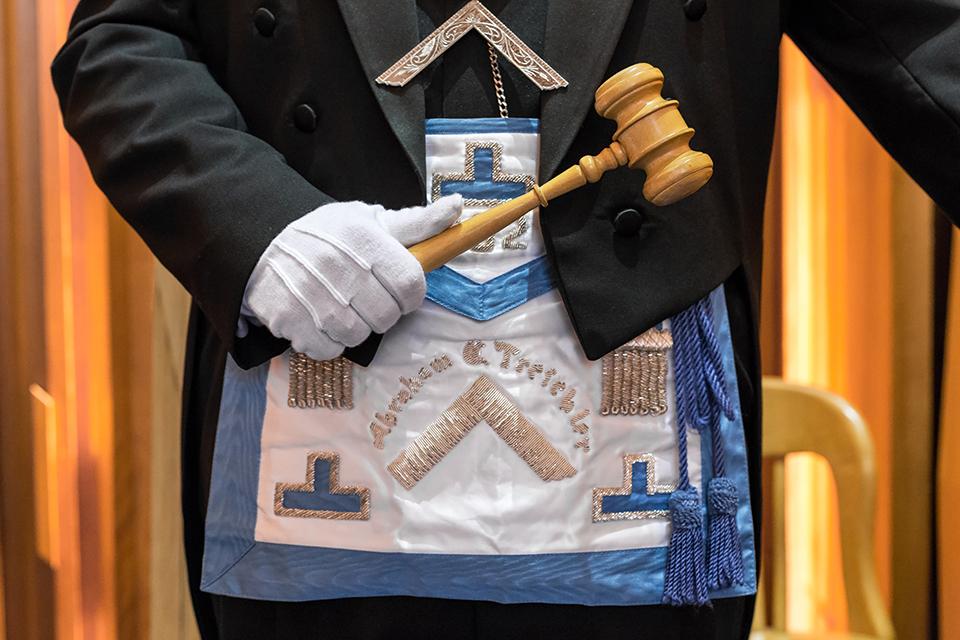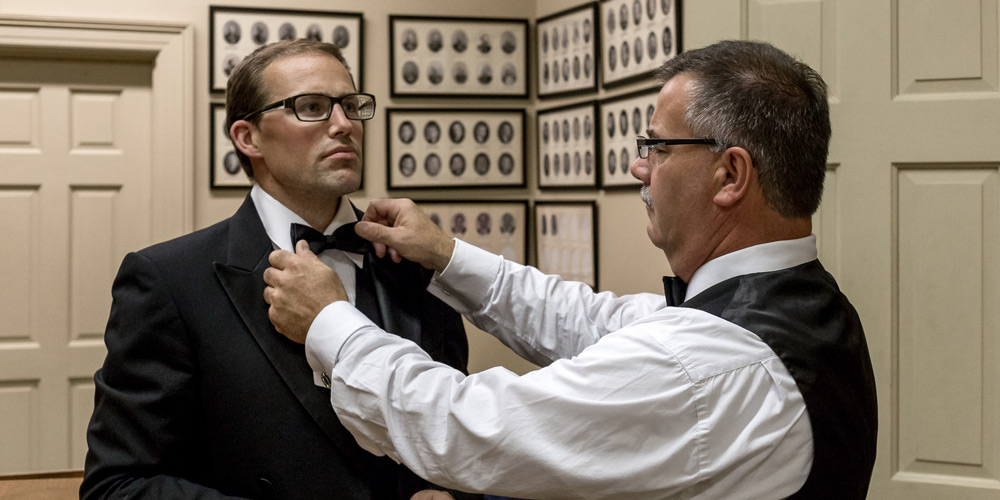Exploring the Practical Benefit of Joining Freemason for Every Person
Exploring the Practical Benefit of Joining Freemason for Every Person
Blog Article
Checking Out the Mysteries of the Freemason: What You Required to Know
The Freemason, a term often shrouded in intrigue and conflict, stands for a complicated tapestry of historical reality and contemporary myth. Developed in the late 18th century, this secret society was initially rooted in the Knowledge's suitables but has actually since come to be associated with conspiracy concepts about elite control.
Origins of the Freemason
The origins of the Freemason are soaked in a blend of historic intrigue and ideological eagerness. Established in 1776 in Ingolstadt, Bavaria, by Adam Weishaupt, the team was initially developed as a secret culture aimed at advertising Enlightenment suitables such as factor, secularism, and the separation of church and state. Weishaupt, a teacher of canon regulation, sought to challenge the dominating authority of the church and state, which he viewed as overbearing establishments stifling intellectual and individual liberty.
The Freemason sought to recruit prominent participants from various social sectors, including politics, academic community, and the arts, to cultivate a network dedicated to these Enlightenment concepts. The culture run under a veil of secrecy, utilizing coded language and routines to shield its members from oppression, particularly offered the repressive climate of the moment. The Freemason dealt with significant opposition from both governmental authorities and religious establishments, which watched the group as a risk to their power.
Key Numbers and Participants
Who were the crucial numbers that formed the Freemason's early influence and instructions? The Bavarian Freemason, started in 1776 by Adam Weishaupt, emerged as a reaction to the oppressive social frameworks of the time.
One more significant number was Johann Gottlieb Fichte, a famous theorist whose ideas on nationalism and education and learning reverberated with the Freemason's goals. Fichte was not an official member, his philosophical supports influenced the group's ideological background. Furthermore, figures like the author and philosopher Johann Wolfgang von Goethe were related to the wider intellectual movements of the moment, although their direct participation with the Freemason stays debated.
These vital figures added to the Freemason's early instructions, pushing the borders of political and social thought, while their cumulative efforts intended to test recognized norms and foster an environment of progressive change in Europe.
Myths vs. Truth
Lots of misconceptions surround the Freemason, commonly blending fact with fiction in a method that covers its real nature. The notion that the Freemason continues to put in significant influence over world events is a misconception - how to become a freemason.
An additional widespread myth is that the Freemason comprises a network of elite individuals controling international events. In truth, numerous conspiracy concepts overemphasize the team's value, attributing unfounded motives to societal patterns and events. This has actually caused an oversimplified sight of intricate concerns.

Modern Interpretations
Contemporary analyses of the Freemason commonly mirror more comprehensive social anxieties and a fascination with secrecy and power. This modern lens often connects the Freemason with conspiracy theory theories that suggest a concealed elite coordinates globe occasions, controling federal governments and economic climates for their own gain. Such narratives tap into a deep-rooted question of authority, particularly in times of dilemma or social upheaval.

In addition, some modern-day analyses mount the Freemason as an allegory for the complexities of globalization and the interconnectedness of prominent people and organizations. This perspective encourages a crucial evaluation of how power characteristics run in today's world, highlighting the equilibrium between openness and secrecy in administration and business methods.
Social Impact and Tradition
Influenced by centuries of intrigue, the cultural image source effect and tradition of the Freemason prolong far beyond its historic origins. This secret society, developed in the late 18th century, has actually penetrated different elements of prominent culture, from literature and movie to music and art. The concept of the Freemason has developed into a sign of conspiracy concepts, commonly representing a perceived surprise power adjusting worldwide events.
In literary works, authors like Dan Brown have actually woven the Freemason into intricate stories, fascinating visitors with styles of secrecy and power. Movies such as "National Treasure" and "The Da Vinci Code" further continue the allure of the culture, blending reality with fiction to produce engaging narratives.
The Freemason's impact likewise expands into music, with musicians referencing the organization to stimulate motifs of rebellion and social critique. This portrayal has added to a fascination with the concept of clandestine groups managing the bars of power, reflecting social stress and anxieties about authority and openness.
Eventually, the Freemason's tradition is a complicated tapestry of misconception and fact, shaping assumptions of secrecy and control in modern discourse. Its enduring visibility in culture highlights mankind's perennial mission for recognizing hidden truths.
Conclusion
The expedition of the Freemason discloses a complex interplay between historic realities and modern myth-making. Founded in the Enlightenment era, this society intended to test overbearing frameworks, yet its legacy has been outweighed by conspiracy theories that suggest elite control. Comprehending look at here the differences in between the initial perfects and modern analyses is important for comprehending the withstanding fascination with the Freemason and its considerable impact on social narratives surrounding power and secrecy in society.
Report this page